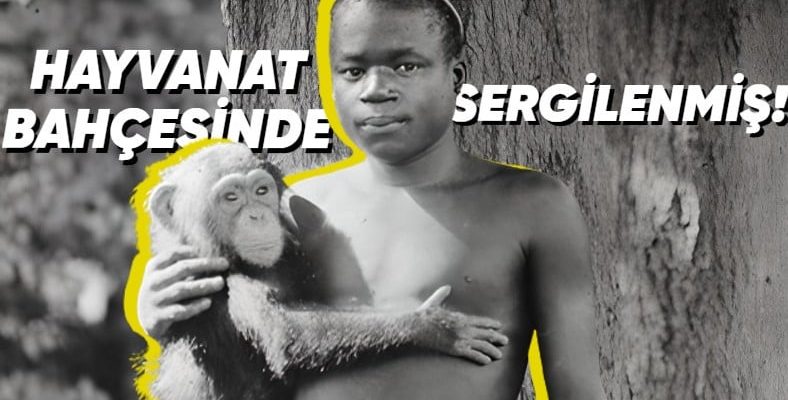Ota Benga was a black teenager who was brought to the United States from Central Africa and displayed at the Natural History Museum and Bronx Zoo monkey house before settling in Lynchburg, where he died by suicide.
A century later, the Wildlife Conservation Society’s apology for the 1906 exhibition of Congolese Ota Benga, George Floyd’s being killed by the police It came after the global protests it sparked and shed a bright light again on racism in the United States.
To understand once again how cruel and ignorant racism is. To the heartbreaking story of Ota Benga Let’s take a closer look.
Ota Benga was a member of a colony of 15-20 people.
Benga was born in the Ituri Forest in the Free State of Congo (now the Democratic Republic of the Congo) in 1883. one of many small groups of large family groups of 15 to 20 people In the Mbuti Pygmy colony was born. These colonies from temporary village or camp they were nomads who moved to another.
At the 1885 Berlin Conference that divided Africa, King of Belgium II. Leopold captured the Free Congo State. To make his ownership profitable, Leopold began exploiting the area’s resources, including rubber, and offered local residents, including the Mbuti Pygmies. reinforced by beating, amputation, and murder forced labor.
When Benga returned from the hunt, his whole world had been shattered and his life would be very different from before.
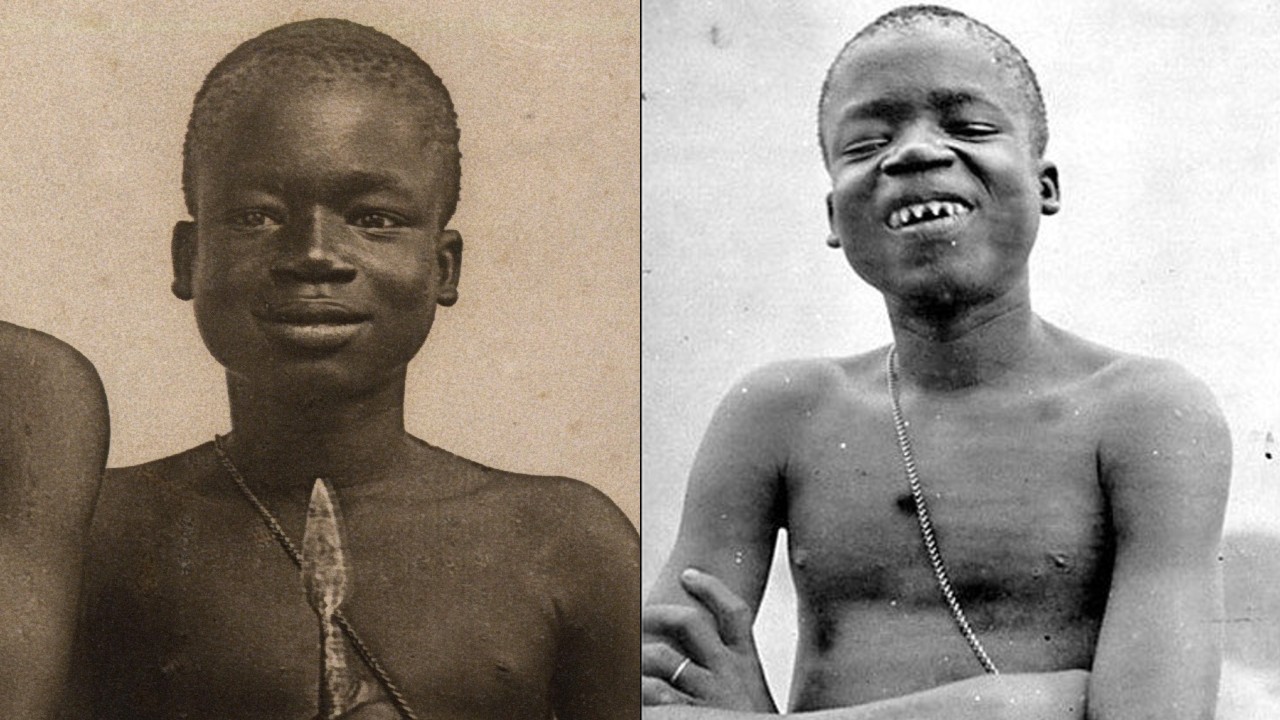
When Benga, a teenager, returns from an elephant hunt, he learns that his entire family and village have been slaughtered by King Leopold’s private army, the Force Publique. Now lonely and defenseless Benga was kidnapped by slave traders and put to work as a laborer in a farming village.
In 1904, an American was contracted to the Louisiana Purchase Exhibit to bring back the dwarves to be part of a human exhibit at the fair. missionary and amateur anthropologist Released by Samuel Phillips Verner.
Benga went on display with monkeys at the zoo.
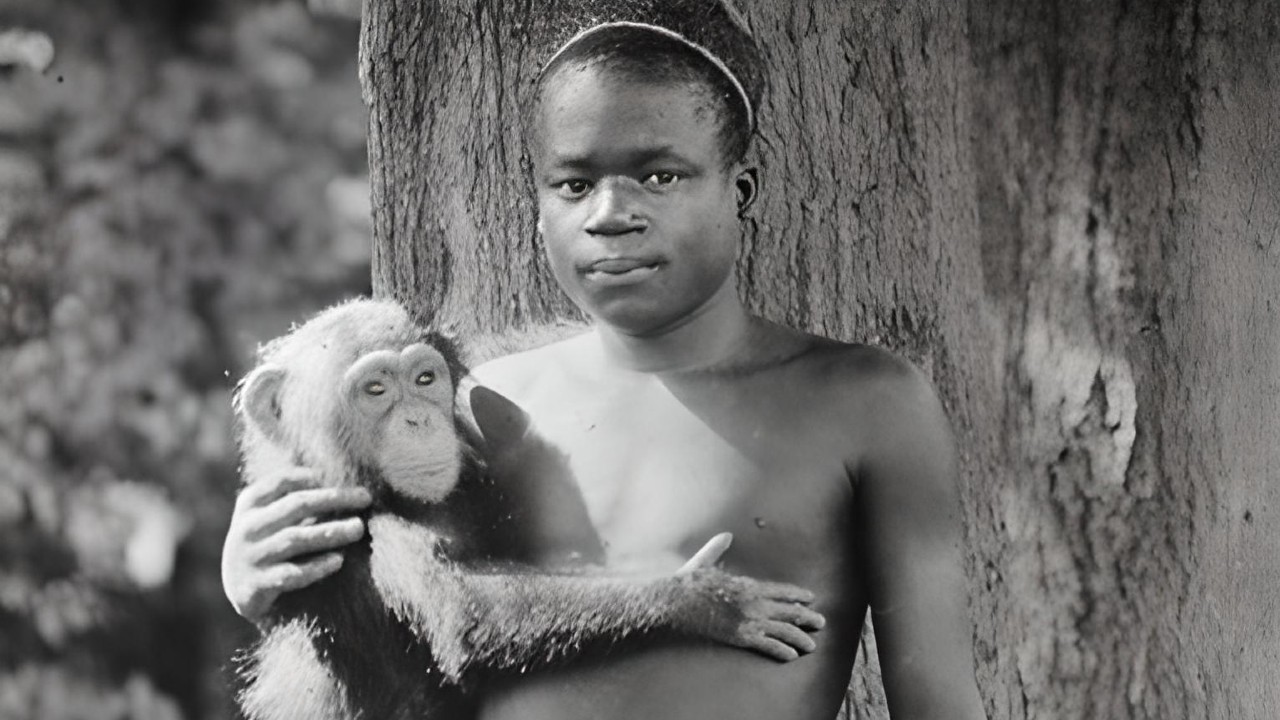
Benga wanted to return to the United States with the anthropologist in 1906. Verner initially took Benga to the Bronx Zoo, where he was held to help. However, zoo officials again found him attracting large crowds. in the monkey house started to show. The Benga exhibition attracted tens of thousands of visitors.
It caused a backlash among black ministers. A group of black New York clergy led by Reverend James H. Gordon to be released demanded. At the end of 1906, 23-year-old Benga was placed in the care of Reverend Gordon, who placed him in the Howard Colored Orphan Asylum in New York City.
RELATED NEWS
The Shocking Story of the Mental Hospital, known as the ‘Palace of the Insane’, where terrible experiments were carried out
The boy’s life was becoming more and more hopeless.
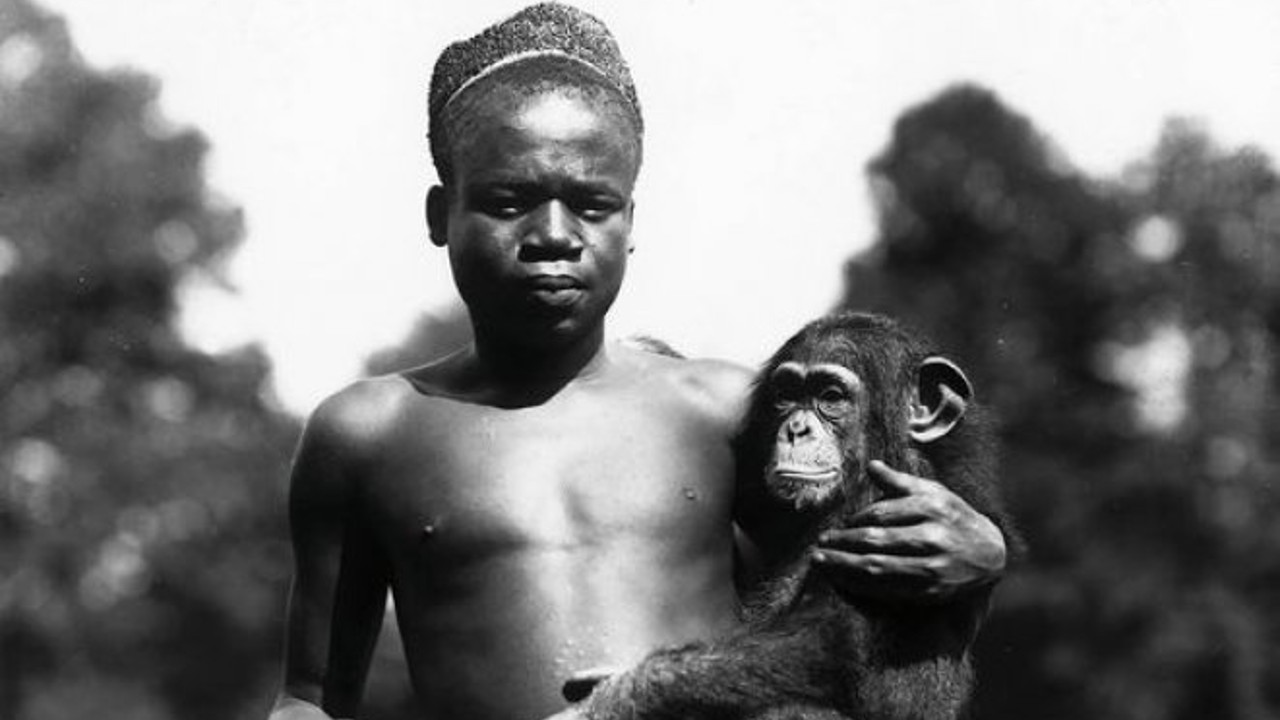
In 1910, Gordon had the boy move to Lynchburg, Virginia, where he received his first formal and religious education. Benga is a local agent to cover the cost of the return trip to Central Africa. in the tobacco factory He began work.
Despite her efforts to adapt, she became increasingly hopeless about her new life in Lynchburg and her future there. with Verner had lost contact and even if he wanted to return to Congo, he could not afford the travel expenses on his own.
Ota Benga went down in history as an example of how toxic racism is.
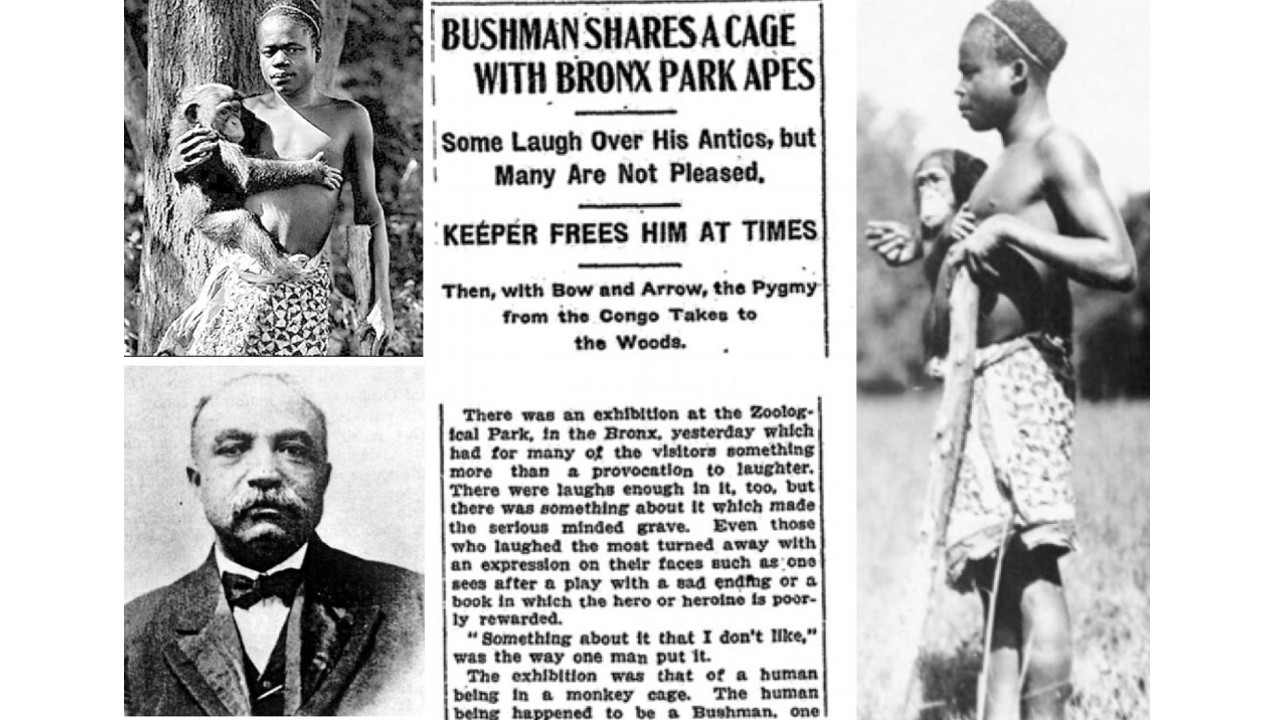
Ota Benga committed suicide on March 20, 1916, in Lynchburg, Virginia. Forensic officer’s investigation, left chest He killed himself by shooting with a pistol. determined. He was only 33 years old when he committed suicide.
RELATED NEWS
Did you know that black babies were once used as bait to hunt crocodiles?
RELATED NEWS
